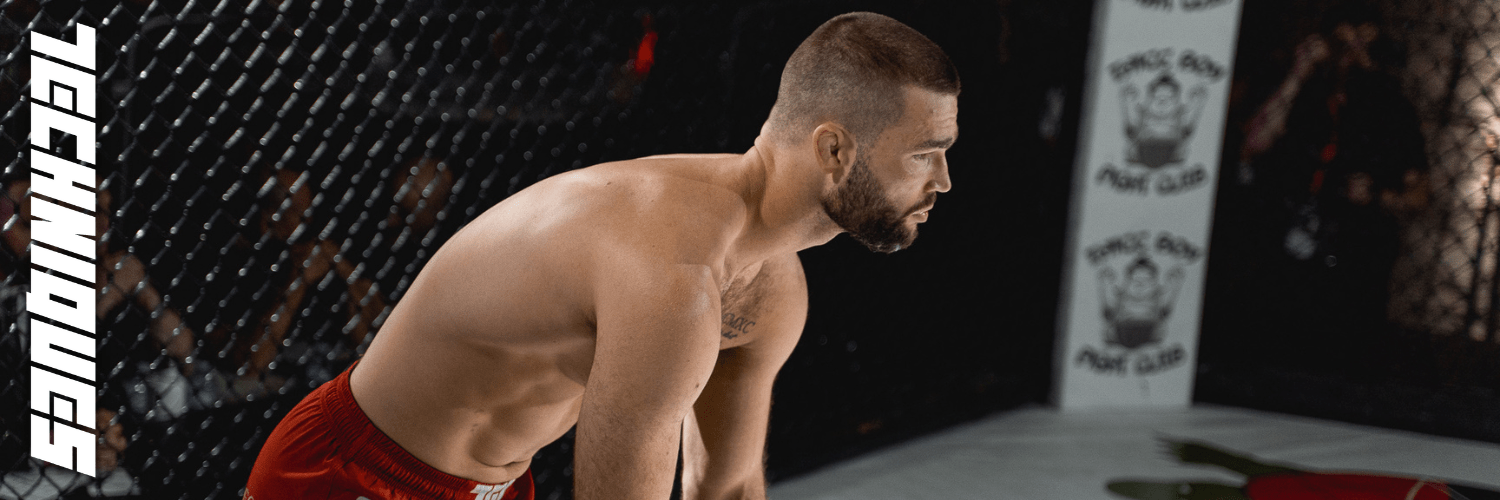In the vast world of martial arts, there are several disciplines that have captured the attention of enthusiasts and competitors alike. Wrestling, Jiu-Jitsu, Sambo, and Judo are among the most renowned and respected martial arts. While they share some similarities, each style has its unique techniques, principles, and origins. In this blog, we will explore the key differences between these four disciplines and gain a deeper understanding of their individual characteristics.
-
Wrestling: Originating from ancient times and rooted in various cultures around the world, wrestling is a combat sport that focuses on grappling techniques and takedowns. Wrestling places a strong emphasis on controlling and pinning opponents to the ground. It is known for its physicality, explosive movements, and intense competitive nature. Wrestlers typically use their strength, speed, and agility to overpower their opponents. Various forms of wrestling exist, including freestyle and Greco-Roman, with variations in rules and techniques.
-
Jiu-Jitsu: Jiu-Jitsu, meaning "gentle art" in Japanese, is a martial art that originated in Japan and evolved into Brazilian Jiu-Jitsu (BJJ) through the Gracie family. It emphasizes leverage, technique, and submission holds to defeat opponents. Jiu-Jitsu focuses on ground fighting, utilizing joint locks and chokes to force an opponent to submit. Unlike wrestling, Jiu-Jitsu practitioners often rely on strategy, timing, and superior technique rather than brute strength alone. BJJ gained popularity due to its effectiveness in mixed martial arts (MMA) competitions.
-
Sambo: Sambo, short for "SAMozashchita Bez Oruzhiya" meaning "self-defense without weapons" in Russian, is a martial art developed in the Soviet Union. It is a hybrid style that combines elements of wrestling and Judo. Sambo practitioners train in both standing and ground techniques, encompassing throws, takedowns, joint locks, and chokes. It focuses on a balance of both sportive and self-defense aspects, and its techniques can be adapted to various situations, including military and law enforcement scenarios.
-
Judo: Judo, meaning "gentle way" in Japanese, was founded by Jigoro Kano in the late 19th century. It is a martial art that emphasizes throws, grappling, and submission holds. Judo places significant emphasis on using an opponent's momentum and balance against them, making it possible for smaller individuals to overcome larger opponents. Unlike Jiu-Jitsu, Judo competitions often involve standing techniques and takedowns, with an emphasis on scoring points through precise execution of throws.
Distinguishing Factors:
While these martial arts may share some similarities in grappling and ground technique, there are distinct factors that set them apart:
-
Focus: Wrestling emphasizes takedowns, control, and pinning, while Jiu-Jitsu, Sambo, and Judo place more emphasis on submissions and groundwork techniques.
-
Philosophy: Jiu-Jitsu and Judo have a strong philosophical component, emphasizing discipline, respect, and self-improvement. Sambo, with its roots in self-defense, has a more pragmatic approach, and wrestling is known for its competitive and physically demanding nature.
-
Uniforms: Wrestling and Sambo practitioners typically wear tight-fitting singlets or shorts, while Judo and Jiu-Jitsu practitioners wear traditional uniforms (gi) that allow for grabbing and controlling techniques.
-
Competitions: Wrestling, Judo, and Sambo have well-established competitive circuits, with tournaments and championships at various levels. Jiu-Jitsu competitions, particularly in BJJ, have gained immense popularity in recent years.

